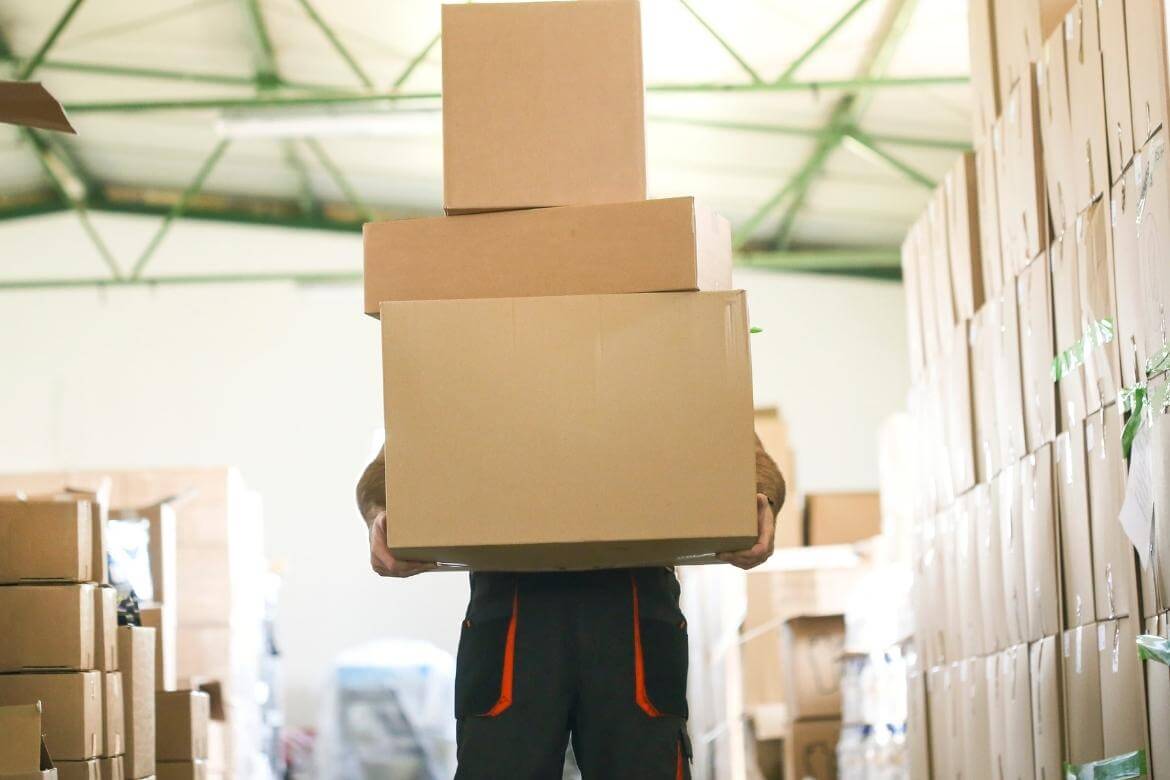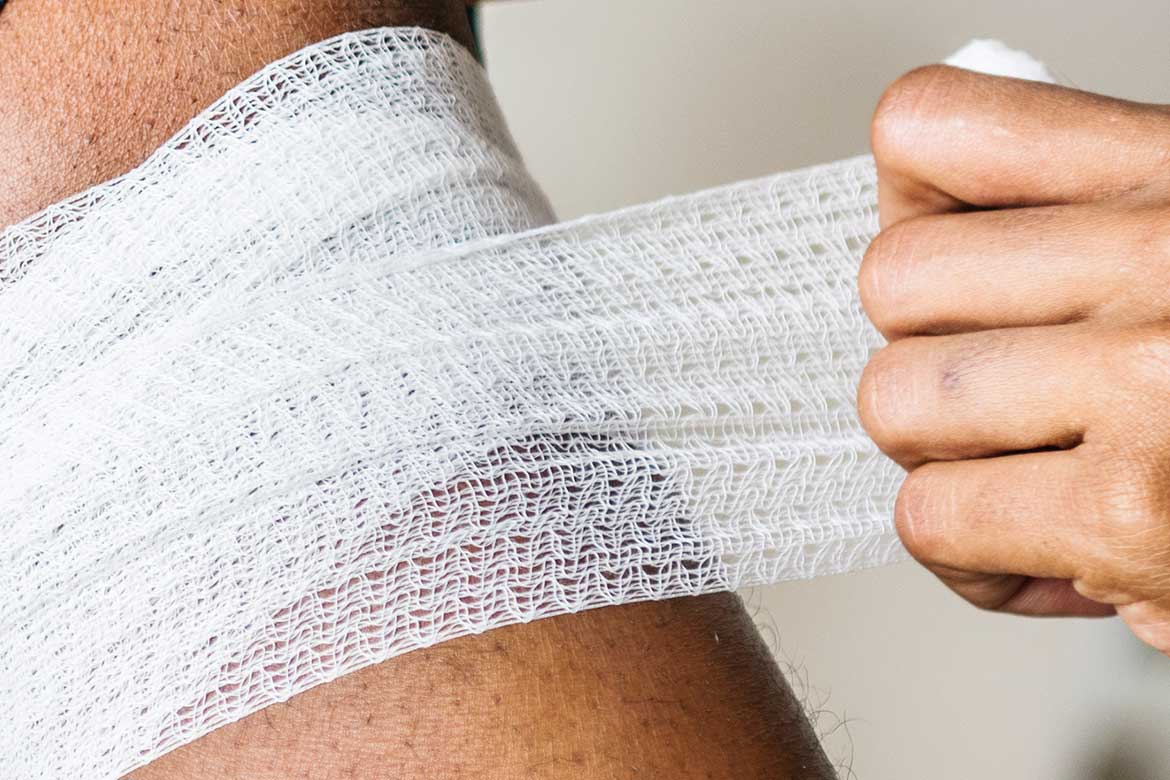17th July, 2024
Can Health And Safety SAVE You Money?
Health and safety has a cost. Buying safety equipment, training, and ongoing maintenance and management. But you also get a return on that investment, with reduced risks, reduced costs, a better reputation and increased productivity. Let's see how health and safety can save your business money.

Health and safety costs money - doesn't it?
Installing safety devices, training staff, monitoring controls, checking and inspections. And that's not to mention the time spent on paperwork and planning. It all adds up.
So how can health and safety save you money?
Many businesses, at some time or another, have seen health and safety as a burden. A restriction. As something that needs to be complied with. As red tape.
And yes, employers have legal health and safety responsibilities. That's true. Health and safety measures don't always seem like a choice. More of a demand.
But it's also true that most health and safety measures cost money. You have to buy safety equipment. You have to spend time on training. And there's the ongoing maintenance and safety management costs too.
When I say health and safety can save you money, I'm not talking about cheap deals or reduced-price training. And I'm certainly not talking about cutting corners.
I'm talking about the return on investment.
The return on health and safety investment
When you invest in health and safety measures, you get a return on that investment.
It might not always be obvious, but there is a cost to not having any health and safety measures in place. Hopefully, you'll never find out that cost, because it can be more than financial. It can affect your health. Even your life.

Health and safety can be a burden - but only if it is ignored.
After all, court cases, insurance claims, sickness pay, recruiting replacement staff, accident investigations, fines, and enforcement action.
That all costs money, time and effort to resolve.
More money, time and effort than it takes to avoid in the first place. And let's not forget there are some things that no time or money can replace. Like someone's leg. Or their life.
If you get health and safety right in the first place, you can save yourself the headache and the consequences (and the cost), of getting it wrong.
Before we look at some examples, let's consider some of the benefits that your business might expect from having good health and safety management systems in place.
- Reduced risks
- Reduced costs
- Increased productivity
- Reputation
- Winning work
And all of these things save you money.
These benefits are your return on investment for health and safety. To get these rewards, you have to make an initial investment to start. In health and safety terms, this can involve some time, money and effort, in putting health and safety controls, measures and procedures in place.
But let's look at how these benefits lead to long-term cost savings for your business.
Reduced risks
Here are a few money-saving benefits of having reduced risks in your business:
- Fewer accidents
- Reduced threat of legal action
- A safer workforce
- Fewer absences through ill health or injury
- Higher employee retention
Reduced costs
And now you have fewer risks, you'll have fewer costs. Because accidents cost money, through:
- Insurance increases
- Legal expenses
- Replacing staff
- Additional training
- Lost time
- Investigations
- Fines
- Damage
Increased productivity
Good health and safety management involves the workforce. A workforce that is healthy, safe, and feels engaged is highly motivated. If your workers are more efficient, deadlines are more likely to be met and output increased, reducing labour costs per project or product.
A more productive workforce means bigger profits.
Reputation
A business that is managed well and doesn't cut safety corners will gain a better reputation among investors, suppliers, clients, partners and staff.
A better reputation will often mean you don't have to compete on price alone, as your business or brand is more desirable and cost is not the only factor in buying decisions.
Winning work
Health and safety is important, not only to you but also to your suppliers. Particularly in construction and other high-risk industries. If you want to get on tender lists, you need to demonstrate good health and safety management.
And all of those benefits are good news, not only for preventing harm but also for your bottom line. Fewer problems, better performance, and more work. Win, win, win.
Guard rail example
For a simple example, say there is a cost of £50 to install a guard rail to an open edge. There is no other purpose to that guard than to stop people, and materials, from falling.
So the cost of health and safety here is £50.
But let's consider that you didn't install that guard, and a tool or other item fell from the ledge, hitting a person who was working below.

Now that person is injured, and off work for two weeks, the costs in downtime, staff cover, equipment damage, and an investigation could be around £1000 in additional costs (and that's without looking at any possible payouts, fines and legal costs that may follow).
So really, if you look at a £50 safety measure that could have prevented that accident, you have a £950 saving.
| H&S Measure Cost: | Accident Cost: | Saving: |
|---|---|---|
| £50 | £1000 | £950 |
That's a decent return. And money isn't everything, you also prevent pain and suffering. Priceless.
Of course, it is not always possible to see a direct comparison, because these two scenarios won't both play out. You will either install the guard rail or you won't.
You don't always see that £950 saving, you might just see that £50 cost, and not ever consider that you have just saved your business a whole lot of cash, and a whole load of hassle. And of course, saved one of your employees a whole lot of pain from a bang on the head!
This is just a simple example, but you can learn from other health and safety failings to appreciate the cost of failing to put in place good health and safety management.
£20.7 billion estimated cost of injuries and ill health from current working conditions (2021/22)
Health and safety failures cost the UK economy an estimated £20 billion a year, according to HSE statistics, with around 35,200,000 working days lost each year.
That's a lot of sick pay!
With health and safety, the return on investment is rarely immediate. In our simple guard rail example, if you didn't install the guard rail, you might not have an accident from that open edge for a week or even months. That could be looked at as a saving of £50.
But ultimately, there is a risk of much higher costs in the future, due to failing to provide that health and safety measure.
Manual handling example
Health and safety measures might not just save you money against future costs. Health and safety measures might also save you money from costs that are already eating into your business profits.
For example, a business might identify a problem with manual handling within the workforce. Regular absences due to back issues, slips, trips and falls, and general accidents and ill health surrounding the movement of materials on site.
Adding up the costs of absences, loss of productivity, downtime, staff cover, staff turnover and recruitment costs, over a year, is costing this fictional business in the region of £50,000 additional costs.
That's money you are already spending.

Once this loss has been identified, the business invests £10,000 in extra measures including new equipment, training, a campaign to raise awareness and better monitoring.
Just by focusing more attention and resources on this one area of health and safety, the business could, for example, save a staggering 50% of the costs they were experiencing due to poor manual handling practices.
| Cost: | Annual Saving: | Saving (5 Years): |
|---|---|---|
| -£10,000 | £25,000 | £115,000 |
The above might be a fictional example, but the potential cost savings are real.
When looking at the cost of health and safety, don't just think about how much you will need to spend in the short term to put better health and safety practices and procedures in place. This is an investment. So you should also consider the savings that you could make in the long term, the return on your investment.
By creating a safe and healthy environment for your workforce, the future of your business is in safe hands.
Save even more with 10 free health and safety documents for your business!
This article was written by Emma at HASpod. Emma has over 10 years experience in health and safety and BSc (Hons) Construction Management. She is NEBOSH qualified and Tech IOSH.
Better health and safety...
We are here to help you and your business put safety in everything.
Learn MoreRecent posts like this...

HSE Fee For Intervention Charges Explained
FFI stands for 'fee for intervention', which was introduced under the Health and Safety (Fees) Regulations 2012. FFI aims to recover the HSE's costs, including inspection, investigation and enforcement action, charging businesses that are in breach of health and safety regulations.
Read Post
How To Plan For Better Health And Safety At Work
If you want better health and safety, you need to plan for it. And who doesn't want to stay safer and have fewer accidents and ill health in their workplace? In this blog post, we look at how to plan for better health and safety at work.
Read Post
No Injuries, No Health And Safety Problems!?
It's been over a year since the last injury in your workplace. But just because you haven't had any accidents doesn't mean you are safe or that your health and safety performance is good. Your accident reporting system might just be hiding the truth. No injuries, no problems!? Don't count on it.
Read Post